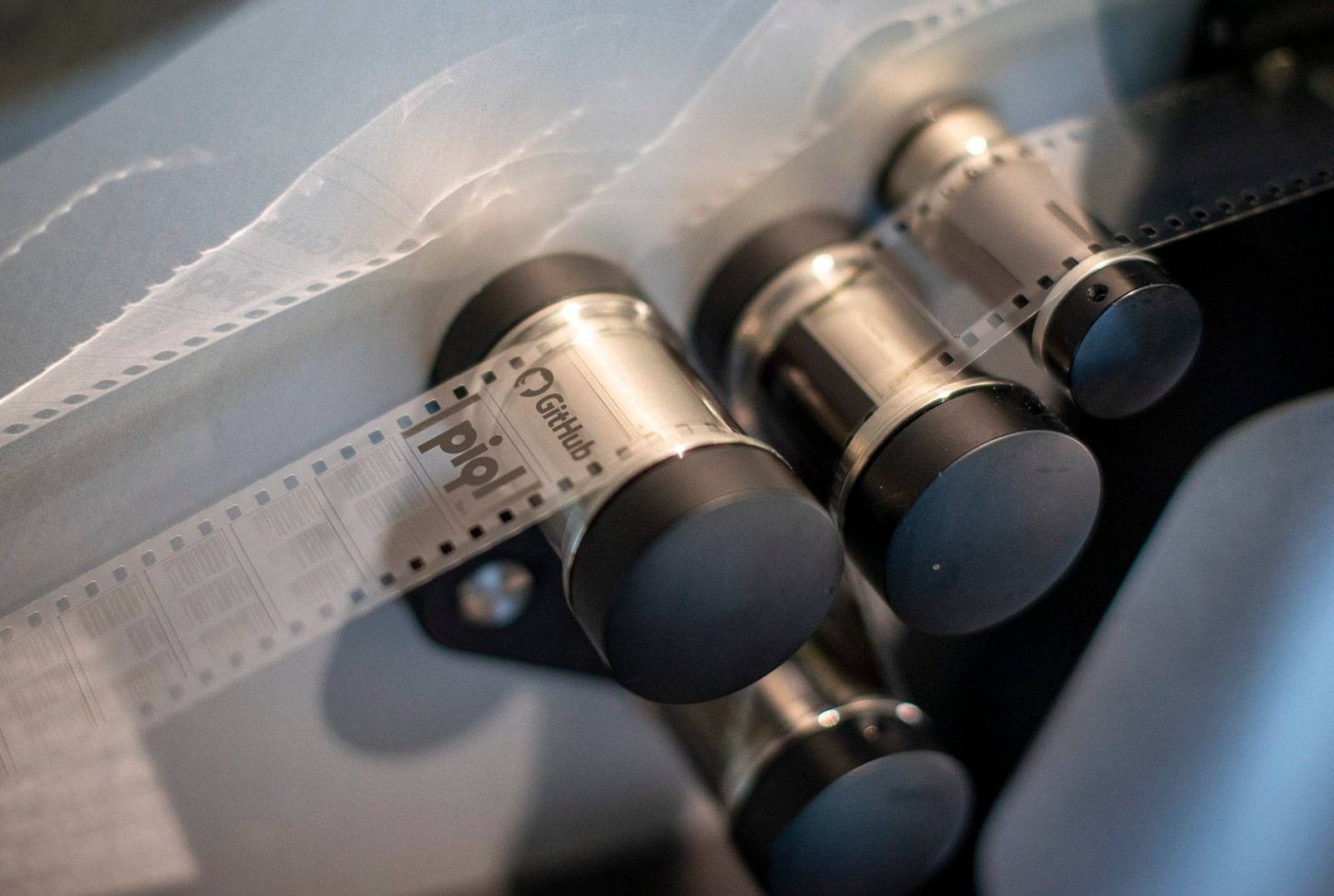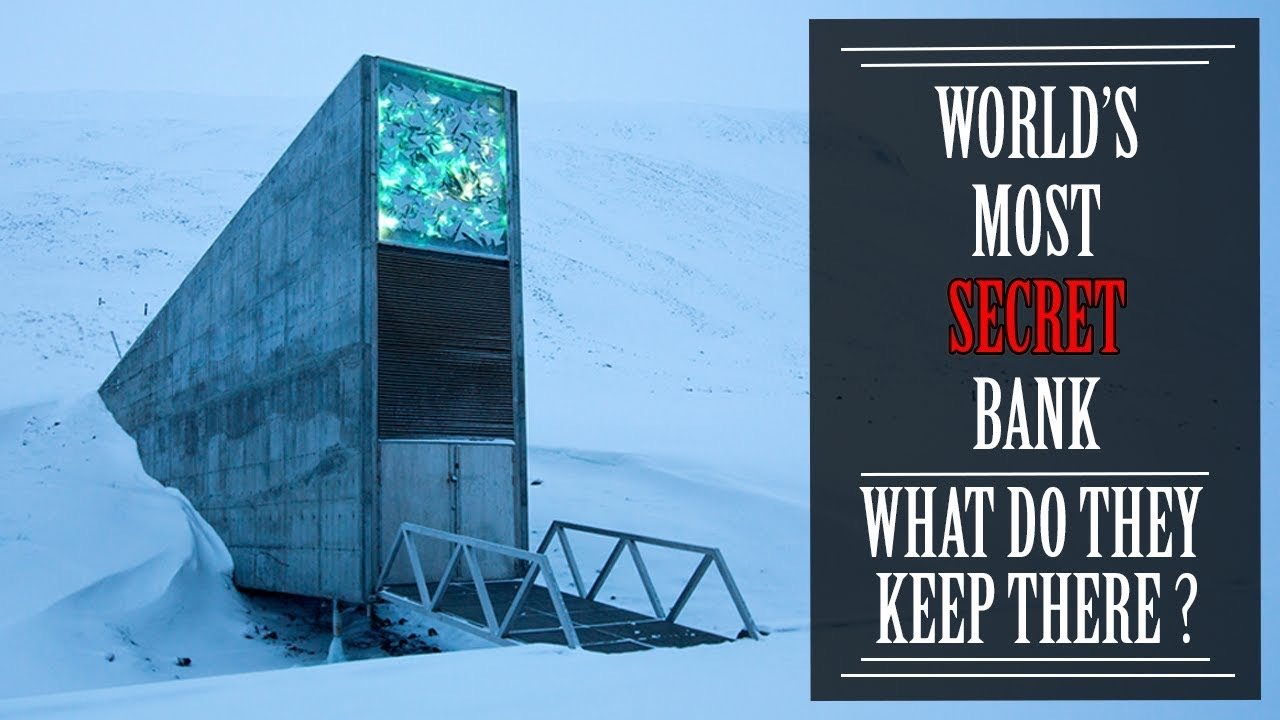The World’s Most Secret Bank – The Global Seed Vault
With humanity progressing towards the end of 2020 (a 500 error year 😐), we secretly hope that 2021 would be better. A “Back to Normal” year. At least some of us are currently living our lives expecting that on Jan 1, 2021, magically our lives will start returning to the old normal. But what if it doesn’t? What if 2020 is just the beginning of a new Era? With so many extraordinary things happening around us every second, could this be the beginning of the End of the World? Well, only time will provide the answer to these doubts.
Even if it’s not End of the World, what can we do to protect life as we know it now? How can we ensure the prevention of extinction and restoration of life in the case of worldwide catastrophes? With humans trying to expand their footprint into extraterrestrial areas, how can we assure the perpetuation of life on Earth? Keeping these concerns in mind, our forefathers initiated the practice of preserving life in vaults under subzero temperatures. The Svalbard Global Seed Vault is the largest seed storage facility among these.
Doomsday Vault – What is the Global Seed Vault?
A secure seed bank on the Norwegian island of Spitsbergen in the remote Arctic Svalbard archipelago. Officially opened on 26 February 2008, the Svalbard Global Seed Vault is an attempt to ensure against the loss of seeds in other genebanks during large-scale regional or global crises.
Also called the North Pole’s Doomsday Vault, the Norwegian government entirely funded the vault’s approximately 45 million Kr (US$8.8 million in 2008) construction. Storing seeds in the vault is free to end-users; Norway and the Crop Trust pay for operational costs. Primary funding for the Trust comes from organizations such as the Bill & Melinda Gates Foundation and from various governments worldwide.
The seeds are stored in vacuum-packed silver packets and test tubes in large boxes that are neatly stacked on floor-to-ceiling shelves. Although they have very little monetary value, these boxes potentially hold the keys to the future of global food security. The storage capacity of the vault in 4 million but as of now,
Why near the North Pole?
- Svalbard – The farthest north point accessible to humans via a flight. In other words, limited accessibility.
- Permafrost – The subzero temperature and the limited oxygen supply ensures reduced metabolism and prolongs aging. In addition, the permafrost surrounding the facility ensures subzero temperatures even in case of power failures (undoubtedly a brilliant idea💡).
- Environment – The Vault location has the ideal humidity levels for safely preserving the seeds as well as geological stability.
- Sea Levels – It is well above sea level, protected ocean flooding even in case of sea-level rise.
- Inside a mountain – This vault was built 150 meters deep into the mountain and more than 100 meters below the ice.
The Blueprint

Latest News
Seeds from Royal Estate go to Kew and the Svalbard Global Seed Vault in an effort to tackle Global Food Security

“I am delighted that seed from the wildflower meadows at Highgrove are to be safely stored in the Svalbard Global Seed Vault”
“It’s more urgent than ever that we act now to protect this diversity before it really is too late. Therefore the Seed Vault and seed banks around the world play a vital role in this critically important mission.”
Excerpts from an interview with HRH Prince of Wales
GitHub Archives Program
At GitHub Universe 2019, GitHub introduced the GitHub Archive Program along with the GitHub Arctic Code Vault. The mission is to preserve open-source software for future generations by storing your code in an archive built to last a thousand years.
We’re happy to report that the code was successfully deposited in the Arctic Code Vault on July 8, 2020.
Julia Metcalf, GitHub

This is one of the several initiatives by the world leaders to sustain our Mother Nature. For more interesting contents and things you don’t know, subscribe to JUST A LIBRARY.
Stay Tuned!! Stay Updated!!
